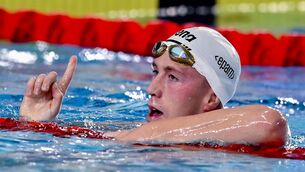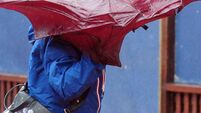Sail of the century
They had been gone 58 days, nine hours, 32 minutes and 45 seconds. That was all. The record for sailing the seven seas were theirs, shattered by a good six days.
Even given the ambition of their skipper, this must have surpassed Steve Fossett's wildest dreams.














